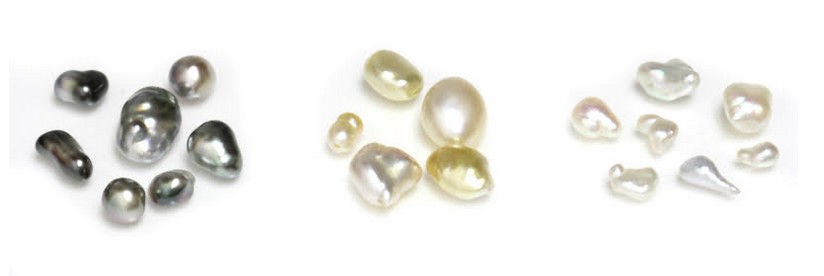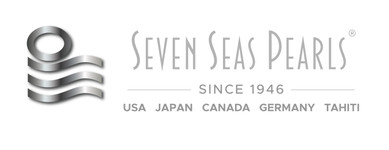What are Keshi Pearls
28th Apr 2021
Even for someone who is incredibly familiar with pearls may have taken a second look at the title of this blog… Keshi Pearls? In the past, we have reviewed how there are only three types of saltwater pearls – so to throw out the term Keshi Pearl can be very confusing. In this blog we will explore what Keshi Pearls are and give you a pretty solid understanding of what sets them apart. – Hang in there, we will clear things up shortly!
When it comes to saltwater pearls, there are three different types: South Sea Pearls, Tahitian Pearls, and Akoya Pearls. While each of these pearls are entirely unique on their own, there is a unifying term that can be used to describe them: Keshi. Each of these subtypes of saltwater pearls can and will have a “Keshi” variety. The term Keshi refers more to the actual process of how the pearl is developed – which is why there are Akoya Keshi Pearls, Tahitian Keshi Pearls and South Sea Keshi Pearls.
The process of culturing a pearl is a very interesting one. Pearl farms in the regions of Japan, Tahiti and Australia cultivate their pearls by a process known as nucleation. A small bead known as a nucleus is inserted into the host oyster with a piece of donor mantle tissue. The mantle tissue is what is responsible for the overall color and tone of the developing pearl. At the center of every pearl (no matter if it is South Sea, Tahitian or an Akoya Pearl) is the nucleus. The nucleus is a small bead that is made from Mother of Pearl. This small bead is inserted into the host oyster and as a result, layers of nacre develop around the nucleus. As the pearl matures, more and more layers of nacre develop around the nucleus. On occasion, the oyster will reject the nucleus. Even though the nucleus has been rejected, layers of nacre will still continue to develop – thus resulting in a Keshi Pearl. As a result of this process, there are Tahitian Keshi Pearls, Akoya Keshi Pearls and South Sea Keshi Pearls. The term “Keshi” is not necessarily a type of pearl, but describes more of the process of it’s development.
Keshi Pearls are thought to be very desirable because they are 100% nacre and do not have a nucleus. Keshi Pearls are becoming more and more rare because of the efforts pearl farmers are taking to make sure that the nucleation process is effective. After the oysters have been properly nucleated, pearl farmers scan each oyster with an x-ray to make sure that a pearl is properly developing. If a pearl is not forming, a new nucleus is inserted and the process is started over again. As a result, Keshi Pearls are a bit of a rarity. Because Keshi Pearls do not have a nucleus, they tend to be smaller in size than most of their counterparts. A Keshi Pearl is not a natural pearl; a Keshi Pearl will only develop as a result of a failed insertion of a nucleus.
Here is a beautiful visual example of the beauty that Akoya, Tahitian and South Sea Pearls
Keshi Pearls have:

At Seven Seas Pearls, we have one of the largest collections of Keshi Pearls – anywhere. Here is just a small idea as to the beautiful colors, sizes and shapes they come in. We invite you to tour our extensive collection of Keshi Pearls on our website. If you are local to the Los Angeles area, we would love for you to come in and explore our collection of Keshi Pearls in person.

